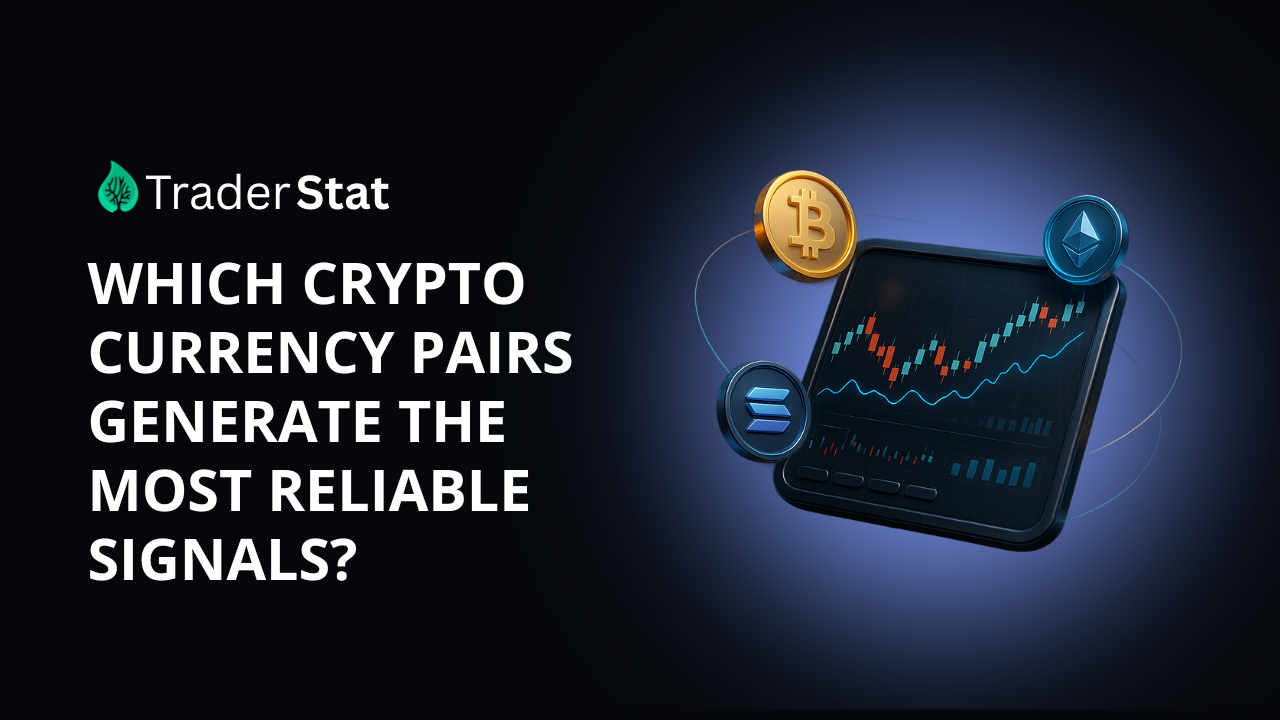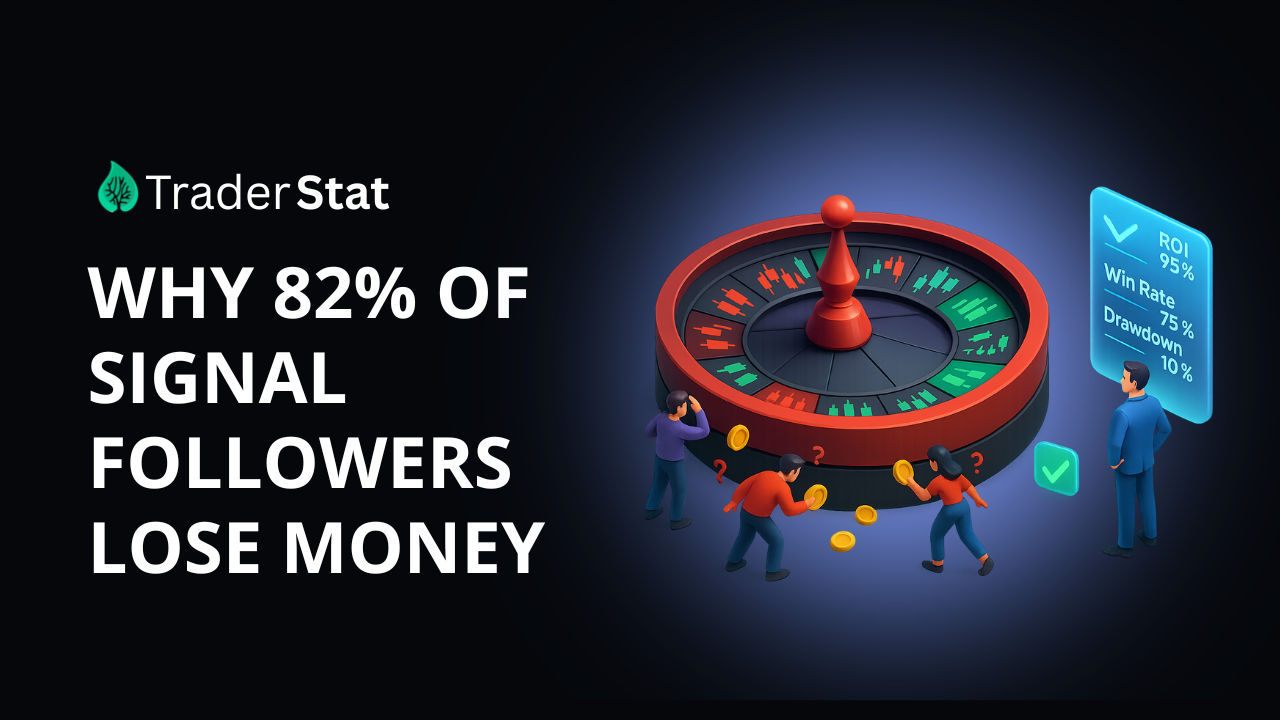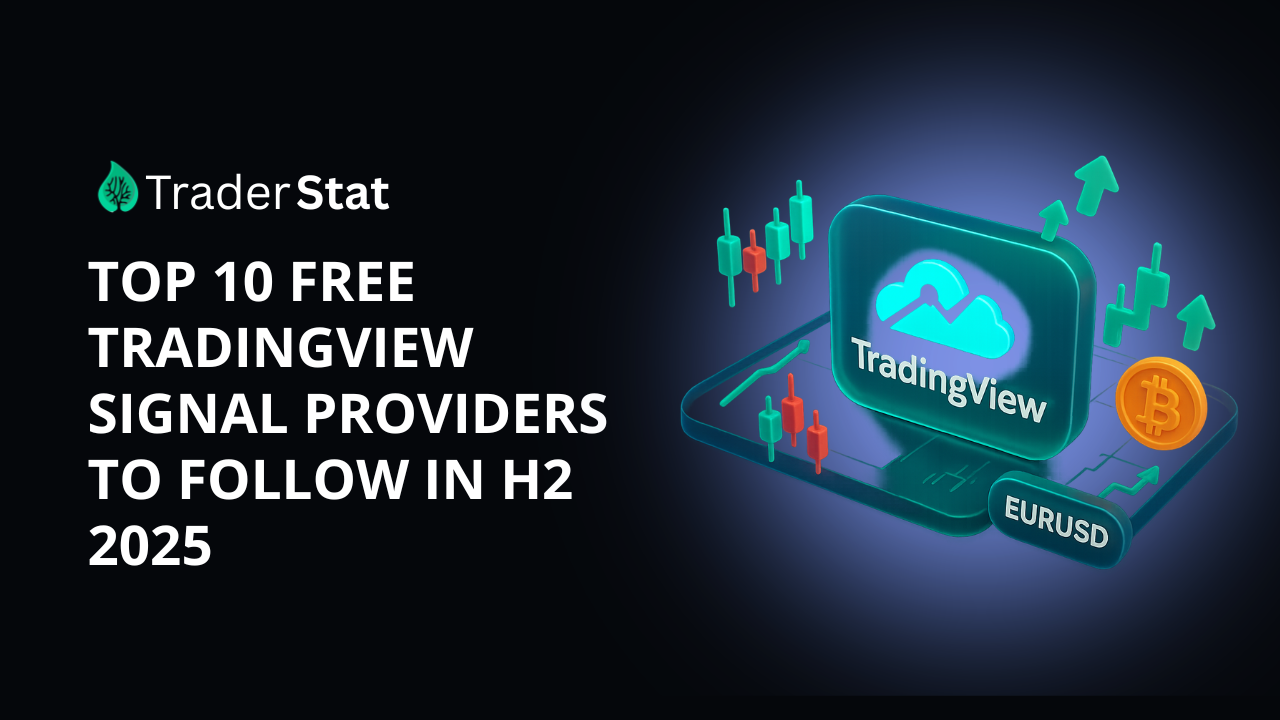
Retail Trading Trends: How the Influx of New Traders Affects Signal Markets
Introduction
Over the last few years, the financial landscape has undergone a profound shift. Millions of new retail traders have entered the markets, drawn by easy-to-use platforms, viral social media trends, and the promise of fast profits. This influx has not only increased liquidity but also transformed how trading signals are created, shared, and consumed. From Telegram groups to TradingView alerts and crypto signal providers, the retail revolution is reshaping the dynamics of modern trading. But with opportunity comes risk—signal markets are becoming both more powerful and more unpredictable.
The Rise of Retail Trading
From Traditional Brokers to Apps
The barriers to trading have collapsed. Platforms like Robinhood, eToro, and Binance allow anyone to open an account and trade with just a few clicks. The pandemic years acted as a catalyst: with more free time, stimulus checks, and a desire for alternative income, millions joined the markets between 2020–2022.
-
Robinhood reported over 22 million funded accounts by 2021.
-
Binance surged to over 150 million users by 2023.
-
Global retail participation in crypto trading doubled from 2020 to 2022.
The New Retail Mindset
Unlike institutional investors, retail traders are often short-term focused, emotionally reactive, and highly influenced by social signals. This behavior feeds directly into the rise of signal markets, where alerts and tips shape collective decisions.
Impact on Signal Providers
Growth of Signal Platforms
The influx of new traders has fueled explosive demand for crypto signals and forex signals. Telegram channels, Discord groups, and TradingView scripts are now central hubs where retail traders gather to copy trades. Some of these providers boast tens of thousands of subscribers, selling monthly packages or premium memberships.
The Copy-Trading Boom
Platforms like Bybit Copy Trading and Binance Copy Trading allow retail traders to mirror the moves of top-ranked traders. While this democratizes access, it also creates herd-like behavior, amplifying volatility when large numbers pile into the same trades at once.
Paid Signal Groups: The Double-Edged Sword
Many new traders flock to paid signal groups, believing they are shortcuts to success. Yet the reality is mixed—while some groups provide legitimate strategies, many are run by “hype traders” chasing clicks and short-term attention.

Market Volatility and Herd Behavior
Emotional Trading
Retail traders are highly susceptible to FOMO (Fear of Missing Out) and panic selling. This has a direct effect on signal reliability—a bullish signal can trigger massive buy-ins, pushing prices up artificially, only for them to collapse when sentiment turns.
The Herd Effect
Signal markets magnify this behavior. A single popular signal provider can shift thousands of traders into the same position, causing unnatural price spikes. When the crowd reverses, the crash can be equally sharp.
Professional vs Amateur Signals
Experienced Providers
Professional signal providers often use technical analysis, AI models, or algorithmic systems to generate trading alerts. Their signals tend to be data-driven and risk-managed, with clear stop-loss and take-profit levels.
Amateur or “Hype” Traders
By contrast, many newcomers posing as signal providers rely on social hype, screenshots of winning trades, and emotional persuasion. Their signals often lack consistency and can be dangerously misleading. The rise of “hype traders” highlights the trust gap within signal markets.

Opportunities for Innovation
AI-Driven Signal Analytics
Artificial intelligence is rapidly entering the space, offering solutions to the noise created by retail signals. Machine learning models can filter, verify, and rank signal providers based on historical accuracy and win rates.
Wallet-Tracking Platforms
Innovative platforms like TraderStat, HolderStat, and Nansen analyze on-chain wallet performance to identify real profitable traders. Instead of relying on anonymous Telegram channels, users can track wallets with verifiable results.
The Future of Signal Markets
The industry is evolving toward transparency, accountability, and data verification. As retail traders continue to flood in, the demand for trustworthy, technology-backed signals will only increase.

Case Studies: Retail Traders in Action
GameStop Short Squeeze (2021)
The GameStop phenomenon, fueled by retail traders on Reddit’s r/WallStreetBets, showed how collective retail action could shake Wall Street. Signals spread virally, and billions were made (and lost) in days.
Crypto Bull Run (2020–2021)
During Bitcoin’s rally from $10,000 to $64,000, crypto signal groups on Telegram and Twitter exploded. Many retail traders followed hype signals blindly, often buying tops and selling bottoms. Yet, those who followed structured signals or tracked profitable wallets captured enormous gains.
The Luna Crash (2022)
Retail-driven hype around Terra (LUNA) and its “safe” algorithmic stablecoin UST ended in disaster. Many signal groups called “buy the dip” while the asset spiraled to zero, underscoring the dangers of unverified providers.

Conclusion
The surge of retail trading has reshaped signal markets worldwide. On one hand, it has increased liquidity, broadened participation, and created new opportunities for innovation. On the other, it has introduced volatility, herd-driven trading, and a wave of unverified signal providers.
The future belongs to platforms that combine transparency, AI verification, and wallet-tracking analytics—ensuring that traders follow signals based on proven performance rather than hype. If you want to cut through the noise and follow signals backed by real results, explore platforms like TraderStat today—where data, not hype, guides your trading.



